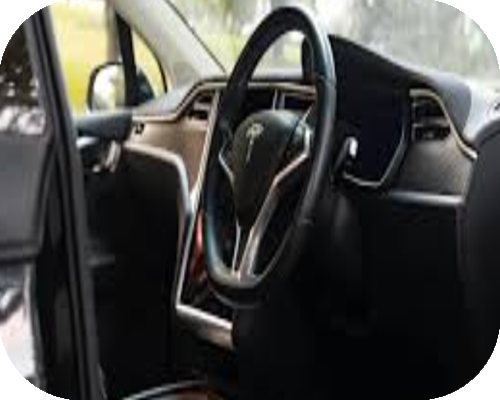The US Department of Transportation laments the “roadway safety” problem. In 2023, over 40,000 people lost their lives in road accidents. Countless others faced injuries, sometimes permanent disabilities. Although the numbers are smaller than in previous years due to safety and technological interventions, they remain high.
The emergence of self-driving or autonomous cars has brought hope for a safer future. These cars will naturally not suffer from problems like driving under the influence or reckless overspeeding. They also have a broader, wider vision compared to humans, which enables them to consider other vehicles and pedestrians.
However, it would be overly optimistic to claim that autonomous vehicles or AVs are unequivocally safer than traditional ones. The situation is much more complex.
Arizona is Eagerly Adopting Self-Driving Cars
Driverless vehicles are becoming common in Arizona, with companies exploring services to transport riders safely. A recent McKinsey report stated that autonomous driving systems may bring marked road safety improvements. For example, such cars may be adept at navigating through traffic and maintaining a safe distance from other vehicles.
The state’s core expectations from AVs are sensible: meeting federal safety guidelines and adhering to traffic laws. These vehicles must also show compatibility with insurance norms. Despite these (necessary) expectations, the overall environment is supportive of innovation.
This trend indicates a favorable shift toward improved mobility and access to transport. AVs can facilitate transportation for people with disabilities. They ensure convenience while running errands and prevent the risk of human error, a staple cause of anxiety.
AVs Come With Unique Safety Benefits
Besides eliminating human error, autonomous vehicles offer additional benefits for road safety.
According to the National Highway Traffic Safety Administration, AVs can have active safety systems. They are advanced forms of driver assistance systems, anticipating dangers and working to prevent them from causing a crash. These systems can respond more quickly than human drivers, lowering the risk of collisions.
Some AVs integrate additional features, such as warnings for forward collision and possible blind spots. If AVs become available to the public soon, one can expect more such intuitive additions, like parking sensors and adaptive headlights.
AVs also eradicate the risk of driver fatigue, which is a prime cause of road accidents. They also have zero probability of getting distracted by mobile phones. If and when AVs become widely available to the average buyer, these safety benefits can remove many of the leading causes of road tragedies.
Self-Driving Cars Also Have Risks
While the road safety landscape seems likely to improve with these advancing technologies, it is vital to proceed with caution. Driverless cars also have some risks, which the companies involved must address.
Some autonomous vehicle safety experts claim that these risks emerge from the failures of computers. While machines may perform without fatigue or a loss of attention for hours, they are not infallible. The ways these cars can fail may differ from regular ones, but they do exist.
Another, though somewhat absurd, challenge is the judgment errors that AVs sometimes make. In January 2025, the Financial Times featured some of these bizarre incidents. For instance, a driverless car went round and round in the parking lot. Some events are much more serious and involve injuries to pedestrians.
In 2023-24, news reports recounted accidents involving self-driving cars in California and Ohio. These incidents occurred in low-visibility conditions, like fog and dust. It suggests that the technology is not advanced enough yet to assume full responsibility without human intervention.
Filing an insurance claim in accidents involving self-driving cars also becomes a challenge. According to the Piscitelli law firm, those injured in a road accident can file a claim with the auto insurance carrier of the negligent driver.
If the insurance firm denies or undermines the claim, victims can take further legal action. You can check https://getfrankgetjustice.com/ to understand more about such lawsuits.
However, asserting blame can be tricky in self-driving cars. In these cases, the blame may shift to the vehicle company. This approach assumes that the manufacturer should be accountable as a technical failure led to the accident. The present scenario is complex: while insurance costs may be reduced, the entire legal rigmarole may daunt interested parties.
Autonomous vehicles hold considerable promise for road safety. They may make life easier for people struggling with physical limitations, letting them stay more connected to the outside world. However, one must not undermine the very real risks associated with the technology. Large-scale adoption will be feasible only when these threats are adequately addressed.
How useful was this article ?
Click on a star to rate it!
Average rating 0 / 5. Vote count: 0
No votes so far! Be the first to rate this post.
We are sorry that this post was not too useful for you!
Let us improve this post!
Tell us how we can improve this post?















